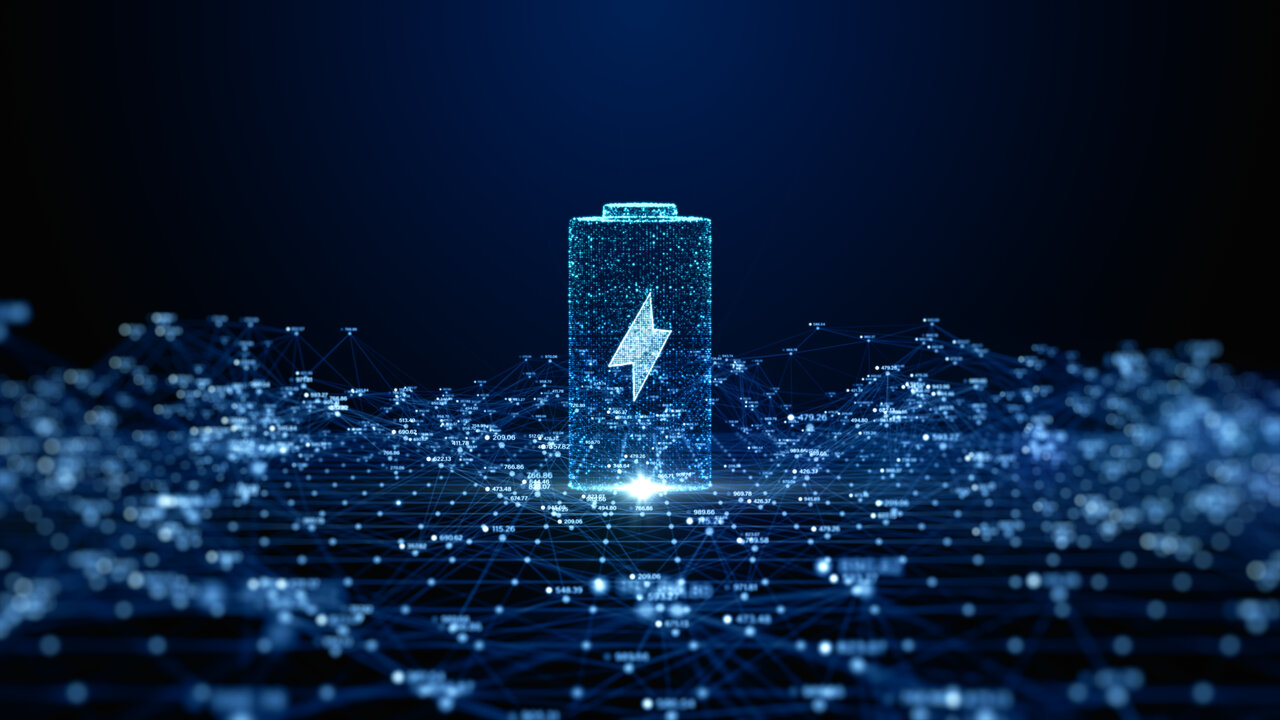By Joel Nelson on December 6, 2023 in Technology
Nobel Prizes, especially those awarded in the science categories, are often unfathomably exotic to the average consumer. But Nobel-level tech lies no farther away than the computer on your desk or the smartphone in your hands.

As an MIT blog post noted in October, “Regardless of what display you’re using to read this, it is almost certainly powered by … technologies with roots in the Nobel Prize in Chemistry or Physics. (Even if you’re using a CRT display for whatever reason, the 1905 Nobel Prize in Physics was awarded for the invention of the cathode ray tube.)”
The list of Nobel-winning tech that’s used in smartphones and other present-day devices dates at least to 1909, when Italian Guglielmo Marconi and German Karl Ferdinand Braun received the Physics prize for wireless telegraphy. The list of Physics and Chemistry winners since then encompasses the invention of integrated circuits, transistors, charged coupled device sensors in cameras and more.
Blue light and lithium batteries
In 2014, for example, three researchers from universities in Japan and the U.S. earned their Nobels for creating blue light-emitting diodes, or LEDs, which consist of electrons moving through several layers of semiconducting materials and directly converting electricity into light without the heat-waste of a traditional bulb. Building diodes that emit red and green light from their semiconductors had been achieved years earlier, but producing blue light, a necessary component of white light, was elusive. The three light colors combine to make the bright white produced by LED lightbulbs, which are more efficient and longer-lived than traditional bulbs with filaments. It’s also present in your smartphone’s flashlight and displays.
“The first bright blue LED in the early 1990s marked one of … the most important breakthroughs in lighting technology,” says the MIT blog.
The three scientists – Isamu Akasaki, Hiroshi Amano and Shuji Nakamura – also independently created blue lasers, which allows information to be stored much more densely than infrared light does and led to the development of Blu-ray movie discs.
Five years later, another trio of scientists claimed the Chemistry prizes for the lithium-ion battery. One of them, British-born M. Stanley Whittingham, demonstrated the first rechargeable 2.5V lithium-ion battery in the 1970s, laying the foundations for today’s cells. “Without their discoveries, mobile phones and electric vehicles might never have made it into our hands and onto our roads,” according to the Royal Society of Chemistry, a London-based nonprofit.
Ever notice that your phone’s touchscreen isn’t a tangle of copper wires? That’s thanks to chemists from UC Santa Barbara, Penn and the University of Tsukuba in Japan who won the 2000 Chemistry prize for developing conductive polymers that are light and flexible like plastics but conduct electricity.
Big uses of tiny phenomena
And in 2023, the Chemistry prize went to Alexei Ekimov, Louis Brus and Moungi Bawendi for their discovery and development of quantum dots, the smallest components of nanotechnology measuring between 1 and 100 billionths of a meter. Quantum dots absorb light that hits them, the re-emits it in a specific color depending on their size, even if they’re made of the same material.
Quantum dots now emanate from computer monitors, television screens and some LED lamps. Doctors use them to illuminate cancerous tumors. “Researchers believe that in the future they could contribute to flexible electronics, tiny sensors, thinner solar cells and encrypted quantum communication,” according to the Royal Swedish Academy of Sciences.
Referring to quantum dots, Judith Giordan, president of the American Chemical Society, said, “This isn’t just esoteric science. This is meant to help people.” And so is a vast array of other Nobel Prize-winning tech that found its way into our everyday products.


